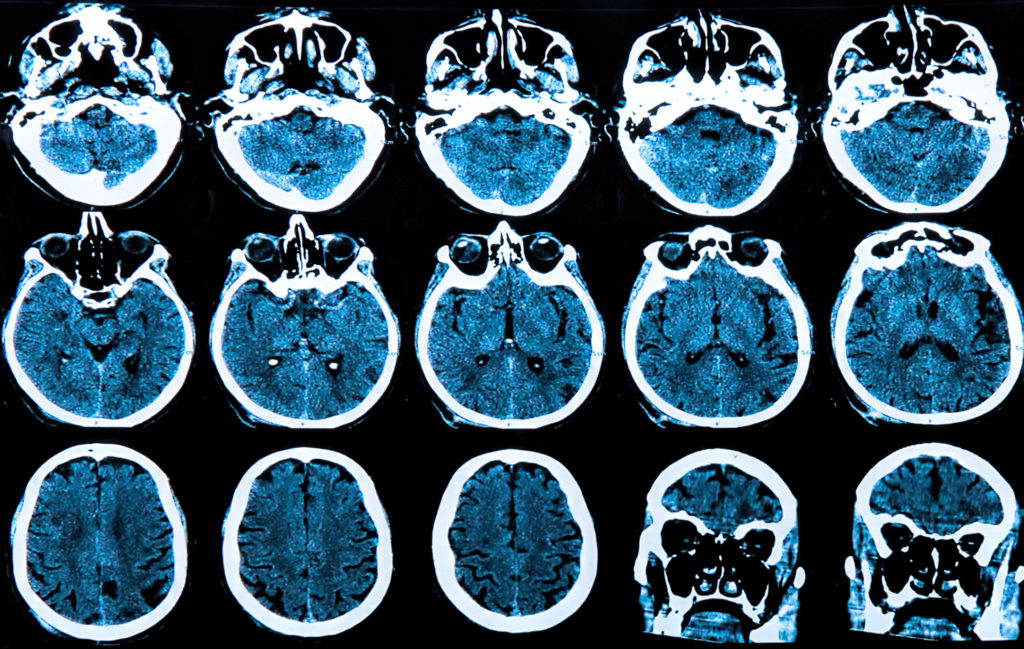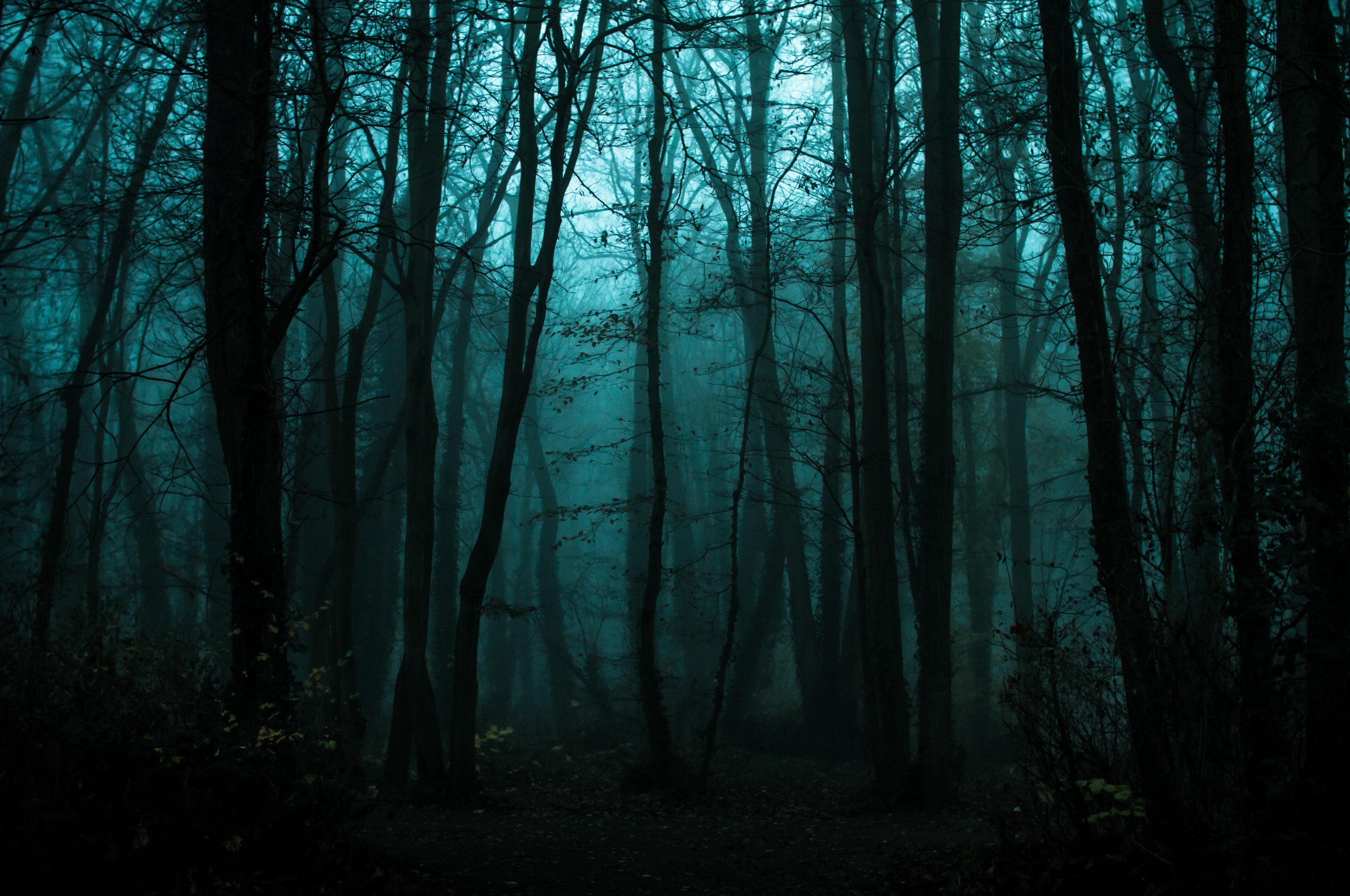You’ve run upstairs to grab your cell phone from the bedside table. Swinging the bedroom door open, it takes a second for your eyes to adjust to the dark. That’s when you see it. A looming shape in the corner of the room. You freeze. Adrenaline courses through you. Your heart is beating so fast you can feel it through your chest. Your muscles tighten. This is it. In the corner of your mind, you always knew creatures existed, and here is one now, in your bedroom, with unknown intent. Your thoughts fly past you a mile a minute, while your hand desperately scrambles with the light switch. Finally, you manage to flick it on. Light enters the room, and you see the "creature" is actually just the winter jacket you threw over the closet door earlier. A laugh escapes you, and you grab your cell phone before heading back downstairs. But you keep the light on.
Something like that has probably happened to you before. This happened to me a few days ago.
There is nothing quite like the feeling of fear. It sets us edge. But why do we feel fear? Where does it come from? And why do some people enjoy being scared?
Fight or Flight

Fear comes from the brain. When people encounter something that frightens them, the hypothalamus in the brain reacts by releasing a series of chemicals to the sympathetic nervous system and the adrenal-cortical system. In the sympathetic nervous system, signals are sent out to release ‘stress hormones’, like adrenaline. These kick the body into high gear, so it becomes tense and alert. At the same time, the adrenal-cortical system is also secreting hormones to other parts of the body, which instigates a series of remarkable changes to occur, almost instantaneously. Heart rate and blood pressure increase, pupils dilate to take in as much light as possible, nonessential systems such as the immune system and digestion turn themselves off to allow more energy go towards emergency function, and veins in the skin constrict which keeps blood in the major muscle groups. It will become difficult to focus on small tasks since your brain is preoccupied with the fear.
All together, this is known as the fight-or-flight response. A way to kick the body into high gear, putting all senses on high-alert, allowing for quick reactions.
Benefits of Fear
Have you ever wondered what it would be like to be fearless? Well, an American woman, only known as SM, is one of the few people in the world who lives without fear. She has a rare genetic condition called Urback-Wiethe disease, which causes parts of her brain to harden and waste away, including the parts that generate fear. She will walk down a dark alleyway without a second thought. She will handle poisonous snakes and spiders (although she doesn’t like them). She has been held at knifepoint without breaking a sweat. SM says she understands the concept of fear, she just doesn’t feel it personally.
Fear is a pretty important trait to have, however. During the course of evolution, humans and animals who utilized fear to help keep them out of dangerous situations would have had a higher chance of surviving those situations. Since their fear helped them avoid dangerous situations, they could then pass their genes on, and their offspring would also have the trait of fear. The desire to escape danger has been beneficial to the survival of humans and other creatures who feared the right things.
Nowadays, we don’t have the same fears our ancestors did, and we often fear things that are not deadly (like public speaking and spelling tests), fear still helps us safely navigate our modern world and can keep help us make decisions in dangerous situations.
Fear as Entertainment

So, if fear is such a core component of our survival, and only overcomes us in the direst of situations, then why do some people enjoy being scared?
Scientists have discovered that people’s brains react differently during the fight-or-flight response, so it might depend on your brain, or it might depend on the manner in which you are being scared (or both). One of the hormones released during frightening situations is dopamine, also known as the ‘feel good’ hormone, because it is (in part) responsible for your brain feeling happiness. When dopamine flows during a fearful situation, some people react more strongly to it than others. All that dopamine makes the fear feel good, and they get a natural high from the fight-or-flight response. Their fears become more like thrills.
Another reason people enjoy being scared is because they know they’re actually safe. When we walk through haunted houses at the PNE, watch scary movies curled up in a blanket or ride the biggest roller coasters, we trick our brain into triggering our fight-or-flight responses and experience that amazing cocktail of adrenaline, hormones, and dopamine, but also know that we are totally safe and secure.
